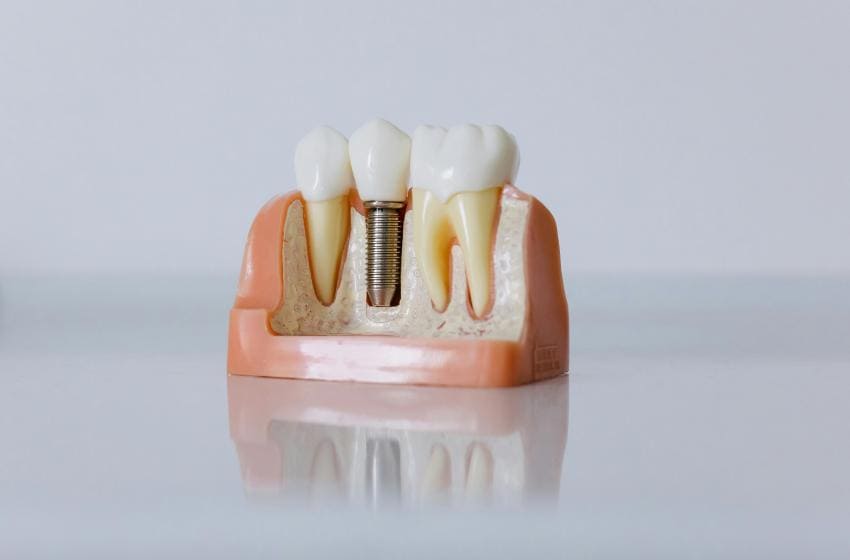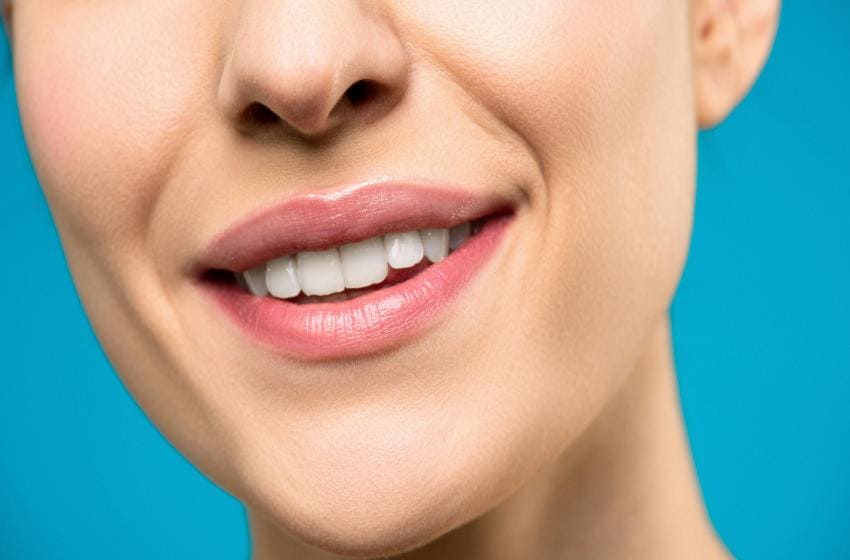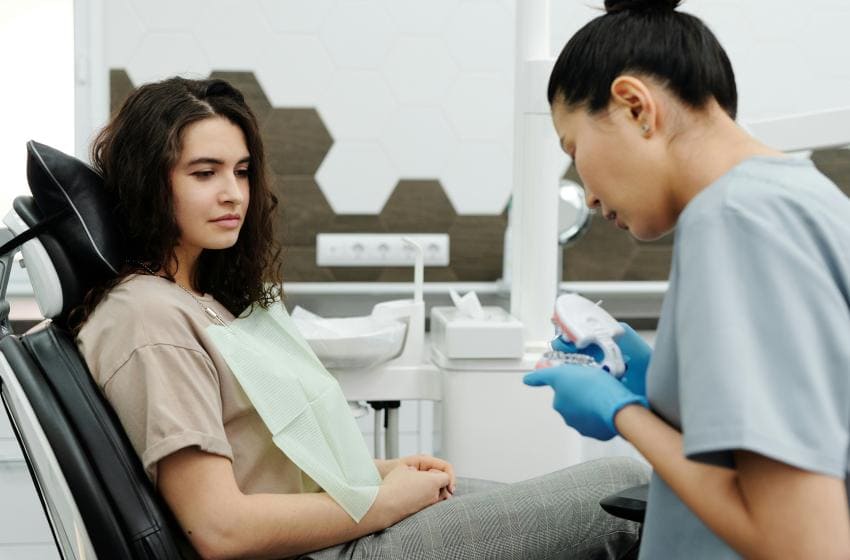
While examining your teeth in front of the mirror, you notice faint lines on their surface. These lines appear as if they have been etched there by an invisible force. What could these lines be? Should you be concerned or are they harmless?
Let’s discover the facts behind teeth craze lines and tackle your concerns! Our teeth are vital for eating, talking, and ensuring good health. Ignoring teeth problems may cause troubles. Thus, knowing more and being careful with excellent dental health is key.
What Are Craze Lines?
Craze lines are fine fractures that occur on the enamel of our teeth. However, they do not pose a significant risk, unlike cracked teeth. They have the following characteristics:
- Visibility: You can see crazy lines of teeth with the naked eye. They appear as fine, shallow lines on the tooth surface.
- Color: These lines are often white or light-colored, resembling hairline cracks on the enamel. However, they can become darker if stained.
- Smoothness: Unlike more serious cracks or fractures, these lines in teeth have a smooth texture.
- Symmetry: The lines can be symmetrical in some cases — occurring on both sides of a tooth.
Causes of Craze Lines
There are several possible causes for these enigmatic lines. Let’s discuss some factors that contribute to their formation:
- Natural Aging and Wear
Craze lines in the front tooth form over time due to natural aging and wear. It’s because aging teeth experience gradual wear and tear from everyday activities. Additionally, some foods and beverages also contribute to enamel wear.
- Teeth Grinding (Bruxism)
Grinding teeth too much (known as bruxism) seriously harms tooth structure. It puts a lot of stress on the enamel, causing tiny lines to form in the teeth.
- Trauma and Injury
Accidents and injuries can lead to the development of these lines on teeth. For example, sports-related injuries or biting down on something hard can result in cracks in the enamel.
- Nail Biting
Biting one’s nails subjects the teeth to excessive pressure, which can result in a fine crack. The enamel is eroded by repeated biting of nails and eventually cracks.
- Use of Tobacco Products
Tobacco products containing nicotine can cause fine cracks. These products often contain harsh chemicals that can erode tooth enamel and make it easier for the teeth to crack and craze.
- Teeth Misalignment
If your teeth do not align properly, a few sample cases include abnormal occlusion or crooked teeth. This uneven distribution of pressure due to improper alignment can lead to cracks in the enamel. When your teeth are not properly aligned, discussing available orthodontic treatments with your dentist is important to prevent craze line formation.
Types of Craze Lines
Understanding the difference between the two types of craze lines that can affect your teeth is paramount, as this can help you determine the best course of action with your dentist. These types are:
- Superficial
Superficial lines are tiny cracks appearing on the surface of the tooth enamel. Despite their prominence, these tiny marks cause neither malfunction nor dental problems. Often, they are harmless and do not require treatment.
- Deep Lines
Because they extend deeper within the tooth, deep lines are quite visible and a cause for worry. They tend to increase sensitivity and sometimes even produce teeth that crack. When the cracks become deeper, they need to be carefully examined and treated by a dentist in case of complications.
Diagnosis and Identification
To accurately diagnose and identify craze lines, you need to see a dentist. A dental professional will perform the following:
- Looking at Your Teeth: They will look at your teeth for craze lines or tiny cracks. With good light and mirrors, they examine your teeth for these small lines.
- Special Tools: Sometimes, dentists use tools like loupes or microscopes. Magnifying things helps them see better. They can spot and measure the amount of craze lines using these tools.
- Differentiating From Other Tooth Abnormalities: These lines might look like other teeth problems, such as fractures or enamel hypoplasia. Only a dentist can accurately tell. They’ll check your teeth, think about your dental history, habits, and signs, and diagnose the right way.
When getting checked out, talk freely to your dentist. Let them know if you’re feeling anything unusual. They might need to do a dental x-ray or use other tools for a better look at the craze lines.
Treatment and Management
In case you detect the presence of craze lines in your teeth, don’t despair. Below are four treatment options you can opt to follow to keep those pesky lines in check.
Conservation Approaches
Note that monitoring minor lines or cracks on your teeth can be the apt choice. Usually, these are just surface splits and do not reach deep. Hence, regular dental check-ups are a good way to keep those lines in check for complications or deepening.
Besides monitoring, keeping your mouth clean by adopting proper hygiene practices helps to hinder any chances of further issues. This means brushing twice daily and using dental floss and an antibacterial mouthwash. A strong oral hygiene routine helps guard your teeth.
Repair-Oriented Dentistry
If your teeth’s slight cracks bother you or seem to worsen, your dentist might suggest repair-focused treatment. Methods like filling and sealing the cracks can offer strength to affected teeth and block bacteria from infiltrating the splits. Dental bonding or veneers can be employed to upgrade the teeth’s look.
Precautionary Actions
Addressing root causes leading to slight cracks in teeth is important. Bruxism, or teeth grinding and clenching, can stress your teeth and result in these minor lines. So, managing and controlling bruxism can prevent further teeth issues. Your dentist could suggest a tailored mouthguard for protecting your teeth while sleeping or engaging in physical activities.
Nutritional Guide
No specific diet tackles craze lines head-on, but a good diet equals good dental health. Less sugar means less tooth decay risk. This can keep teeth strong and craze lines in check.
Wrap Up
Knowing the facts about craze lines and how they affect your dental health and look matters a lot. We always recommend getting help from a dentist for proper identification and suitable treatment.
Dentists possess the skills and know-how to check your teeth’s state and offer customized care solutions. Bear in mind, craze lines may not need quick action, but keeping an eye on them is key. Always consult with a dentist if they show changes or if they start to cause discomfort.





